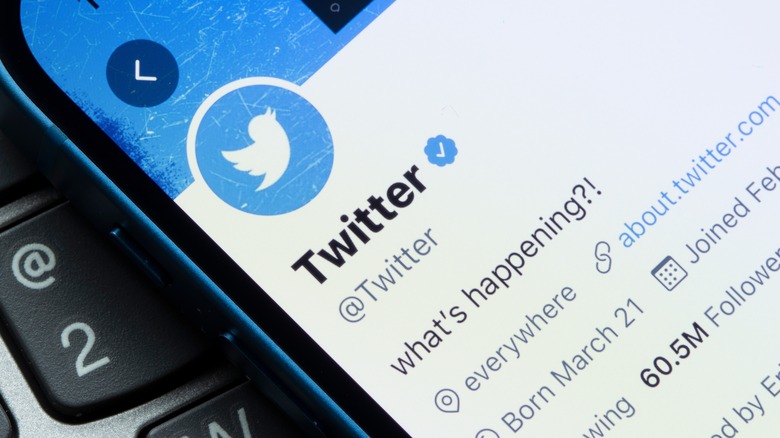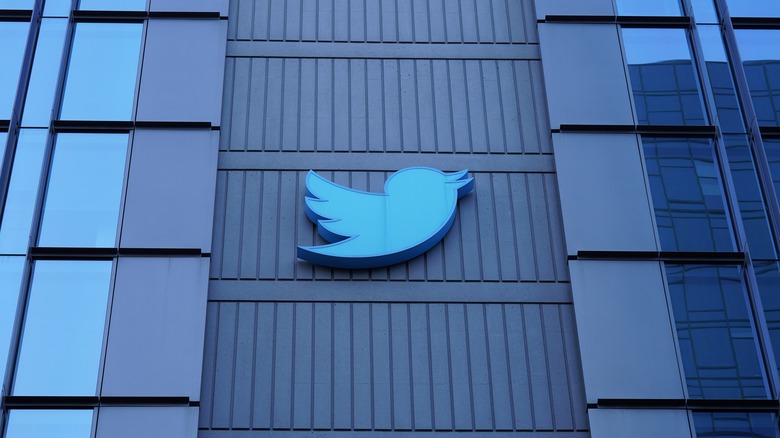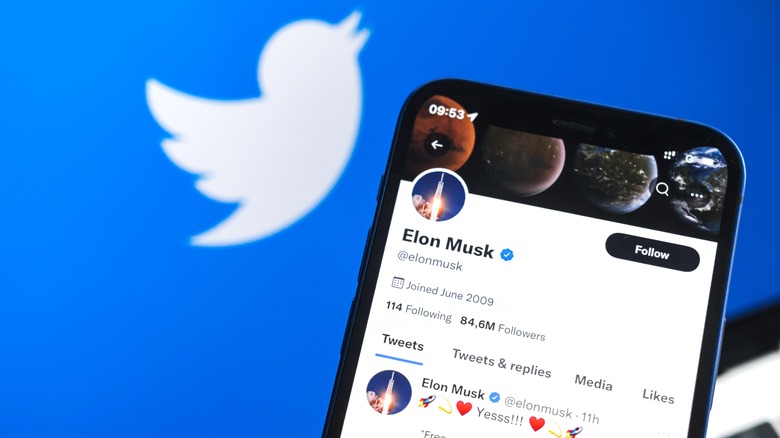Twitter's Algorithm Reveals These Common Mistakes Are Hurting Your Reach
Social media is, first and foremost, all about capturing attention. The feeling that one is just kind of prattling into the void and nobody's listening isn't uncommon, but it's not a particularly pleasant one either. We want to belong, our clever jokes and silly memes to be appreciated, and our pets to become Internet superstars through their own Instagram accounts.
The key to social media seems simple: the higher the numbers, the better. YouTube sensation MrBeast boasts an astonishing 140 million subscribers, which reportedly translates to an almost-equally-towering $100 million net worth. MrBeast is a very extreme case of success, and there's more to the equation than raw numbers.
The world of social media algorithms is very complicated, as Twitter makes clear (the platform began a long series of changes ever since the Elon Musk takeover). Analysis has demonstrated that some common missteps have a sizable negative impact on an account's reach. Here's how.
The Twitter algorithm and the For You section
In March 2023, a blog post from Twitter Engineering addressed a topic that many users have surely wondered: how does the For You section work? What goes on behind the scenes to determine which tweets are for me? "The service that is responsible for constructing and serving the For You timeline is called Home Mixer," the post explained. "Home Mixer is built on Product Mixer, our custom Scala framework that facilitates building feeds of content."
Half the recommended tweets a given user receives are from those they don't follow, and half are from those they do. This latter is influenced by features such as Real Graph, the post goes on, which considers how likely two users are to share engagement. As this chance increases, so does the chance of finding that fellow user's content in your For You section.
For millions of Twitter users, reaching more fellow Tweeters and raking in more followers, retweets, and replies is the ultimate goal. The more For You sections you can pop up in, the better. Tweeting and regularly conversing, too, is very helpful. What users don't want to do, though, it seems, is embark on great following sprees or churn out long streams of tweets carelessly.
Unbalanced follower counts, typos and other ways to tank your engagement
On April 1, 2023, Aakash Gupta, Twitter's Product Growth Guy, shared a deep dive into the code of the Twitter algorithm. There were some somewhat troubling insights.
Among them, per Gupta, links to external sites can earn a spam flagging, though this is circumvented if the Tweet in question receives heavy engagement. One of the most notable issues applies to those who don't take much time to proofread their content. The weighting of Tweets receives, as the algorithm puts it, "boost (demotion) if the tweet language is not one of user's understandable languages ... nor interface language." The so-called "unknownLanguageBoost" results in a downgrade of 0.01 to the weighting. People are, in short, far less likely to see any typo-laden tweets you may accidentally send.
Another big mistake is following as many profiles as possible, aiming to attract more engagement. This can, of course, attract new conversations with new people. Still, Gupta notes that users who follow significantly more accounts than they have followers are punished by a reduction in their page ranking, determined by a division of the follower/followed ratio for that account.
It's a tricky algorithm to negotiate, but Elon Musk has stated that things are in flux and will change. "Prepare to be disappointed at first when our algorithm is made open source next week," he Tweeted on February 21, 2023, before the big reveal, "but it will improve rapidly!"


